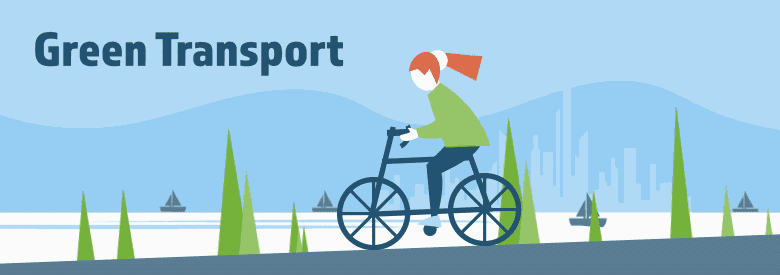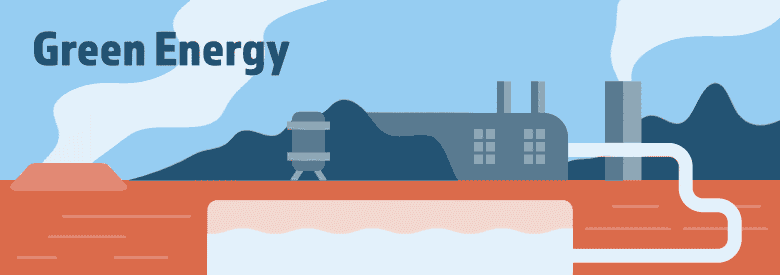Reykjavík: A world leader in green living
In an era where focus on sustainability and green initiatives needs to be a driving force behind any city’s planning, Reykjavík is a guiding light. Known worldwide for its commitment to sustainable energy methods, Reykjavík is an example of how major world cities can contribute to positive change in the ways we look after our planet.

As cites worldwide are taking steps to reduce their carbon footprint, Reykjavík continues to be a leading example of how controlling transport use and its subsequent chemical output can have a hugely positive impact on the reduction of environmental damage.
Reykjavík officials are taking unprecedented steps towards reducing the carbon output of city vehicles and are aiming for 100% of vehicles to be powered by energies free of greenhouse gas emissions by 2025.
By 2030, the amount of total transport taken up by car travel in the city will be slashed to 58%, and public transport, walking and cycling will take up the remaining 42%.
By 2040, the city aims to be 100% carbon neutral. Fossil fueling stations for cars and other vehicles will be obsolete and will be replaced by readily available electric vehicle charging stations in public garages and outside municipal buildings.
Iceland is a pioneer in the use of geothermal energy for space heating. Due to its position over two tectonic plates and its high number of volcanoes, Iceland is in one of the best locations in the world for geothermal energy production.
During World War 2, Iceland relied heavily on coal to grow its economy, and the country suffered heavily from polluted air as a result. Unlike other European countries, however, Iceland was keen to find ways to produce energy without having to pay for imported coal, and in the 1950s began to use its rivers, lakes and the volcanic material running below them to generate power for its population.
Reykjavík is home to the world’s largest geothermal heating system and meets nearly all of its electricity and heating needs from geothermal and hydroelectrical energy sources. The city’s name translates to ‘smoky bay’, a reference to the geothermal steam that rises from vents all across town.
95% of Reykjavík’s buildings are powered by geothermal energy, and residents find multiple ways to recycle surplus hot water from their heating systems, including using it to melt ice forming on driveways and pavements in the chilly winter months
The city of Reykjavík and its surroundings are home to several geothermal tourist hotspots, including Nautholsvík Geothermal Beach and one of Iceland’s biggest visitor attractions, the Blue Lagoon.
Reykjavík is paving the way for other cities and leading by example in the fight for municipal environmental change. Even some of the world’s least environmentally friendly cities are now making huge changes to their green policies due to the example set by cities like Reykjavík, and we can expect to see many similar changes adopted worldwide in the future. If you’re concerned about the environmental impact of your flights, why not visit our Carbon Calculator page to find out more about you can reduce your carbon footprint.
